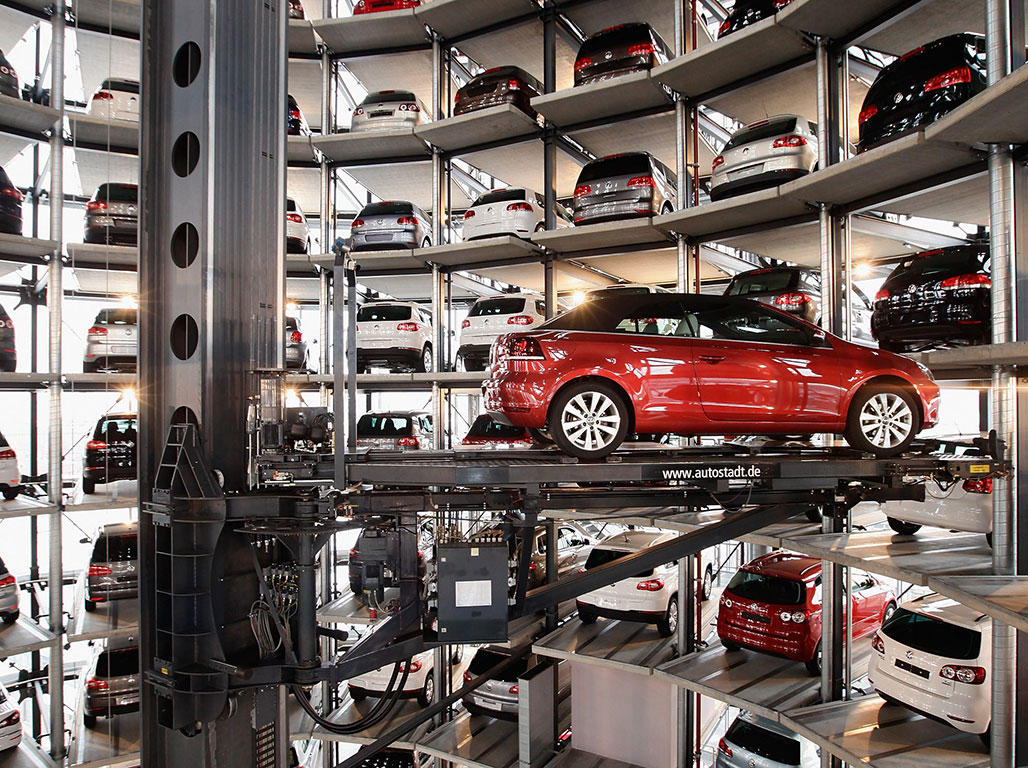
Companies in Europe and around the world are constantly under pressure to find the most effective ways to manage and finance different areas of business. One area where this is especially relevant is in fleet management, a dynamic sector with several pitfalls that can often be tough to negotiate. As such, deciding how best to finance an automotive fleet is challenging for any manager, and is made more complex by ever-changing international legislation. Knut Krösche, Head of International Fleet at Volkswagen Financial Services (VWFS) explains the key differences between vehicle manufacturer banks and their retail counterparts, and how proposed changes to lease-reporting regulations are likely to impact the sector.
Could you start by introducing the company?
VWFS is present in 25 European countries. We have a number of subsidiaries as well as collaborations with larger importers and Porsche Bank, which covers Eastern Europe. We also have joint venture partners in Belgium, Luxembourg, the Netherlands and a number of other nations, and product-harmonisation programmes running in 10 countries, including the Czech Republic, Poland and Russia.
It’s very important not to waste time giving the customer solutions to problems they probably do not have
One of the really unique things about VWFS is what we call our captive triangle: an extremely close working relationship with our brands and our dealers – we have over 9,000 in Europe – which is one of the widest service points in the sector.
What are the key advantages of using an automotive rather than a typical retail bank?
It may sound strange at first, but automotive banks can offer a lot more security than their retail counterparts. If there’s any sort of banking crisis – and we’ve already seen plenty in the eurozone – the first thing retail banks often try and sell is their leasing division. But with an automotive bank like us, the customer can always be sure we will stay loyal to our cars and our brands, because we have an internal commitment to them. So we’re a much safer bet in that sense. We also have far more direct contact with the market. Our dealers are able to give us the real transaction prices with private customers. It’s probably not always the best residual point value, especially during the payment phase, but overall it definitely helps us to offer the customers better value for money.
One of the downsides used to be that we didn’t work with brands outside the Volkswagen group, whereas retail banks obviously did. But that is now no longer the case. Around 40 to 50 percent of our dealings are with foreign brands, and we have a huge variety of cars at our disposal: Audi, SEAT and Skoda, as well as Volkswagen and VW LCV, to name but a few.
How does that attitude affect your client processes?
Our client processes have come a long way in the last couple of years. For us, the initial stages are all about finding out the customer’s needs – the structure of their fleet, what sort of strategy they have in mind. It’s very important not to waste time giving the customer solutions to problems they probably do not have.
Once we’ve completed negotiations, we get to the implementation phase. We have our own department for this, with dedicated staff who put all the suppliers together, harmonise the processes, and document everything in a clear flow chart so that everyone understands precisely what VWFS will deliver and what they can expect. It’s a unique approach within the sector, and is extremely effective in ensuring everything runs as smoothly as possible.
It’s also great for nailing down details so that they can be easily enforced. We had one customer who had a special sticker on their cars, and we visited the individual dealers to check the policy was being carried out correctly, asking them, “Where’s the sticker? Why have you put it there?” etc. The customer was very impressed with our attention to detail. It’s that approach that really is vital for ensuring a sustainable and reliable business model.
What other issues do you see affecting the sector in the near future?
Carbon dioxide emission levels are becoming a much more significant subject. What’s particularly important to remember is that the accepted levels are often radically different between countries. You may have, for example, one nation with carbon dioxide emission limits of 120g/km, and another with different carbon dioxide levels per segment. It’s always important to adhere to the legislation, and fleet managers need to be careful they’re not caught out when working across international borders.
Is it always important to tailor fleet management services to specific national markets?
Fleet management is often negotiated on an international level, but the execution is always local. Consequently, it is vital to ensure you take local market specificities, idiosyncrasies and standards into account. This means harmonised products and processes that meet all international standards while taking local specificities into account. We are currently working on VWFS matrix pricing and have launched international reporting, which works in 22 countries – even on smartphones and tablets. So you can check your fleet wherever you are.
Do you have any current plans for market expansion?
We really want to bring VWFS fleet management onto a worldwide stage, and already have full programmes running or planned in Australia, Brazil, China, Mexico and Russia. Our work in China is especially exciting because we’re one of the first companies to offer cars there – we have licences for Shanghai and Beijing. We’ve also recently established a fleet management company in Germany called Car Mobility, which we hope will have an international future. Our goal is to become the best automotive financial services company in the world. To achieve it, we must operate on a truly global scale.

